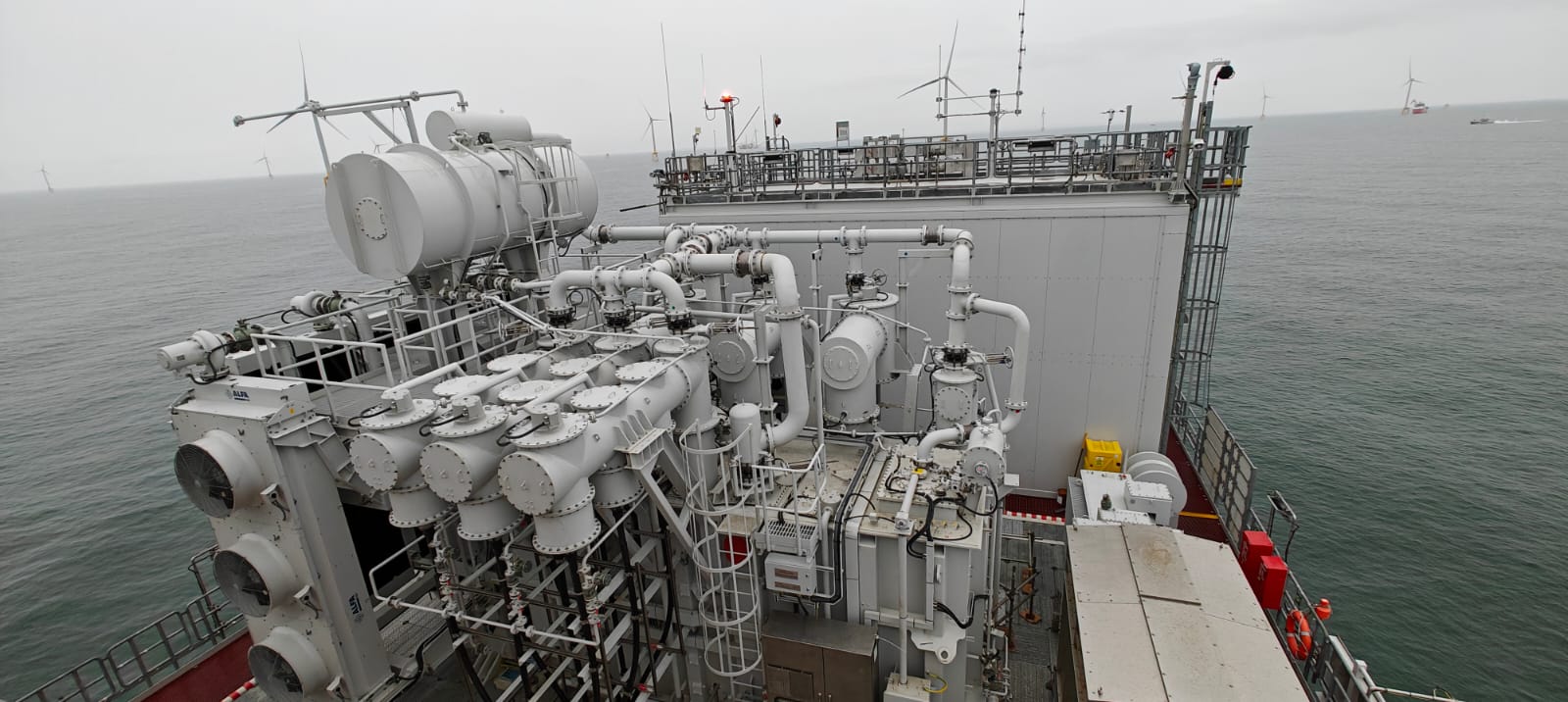When a dielectric oil insulation rupture occurs, the electrical arc vaporizes the transformer oil. Within few milliseconds, a high-pressure explosive gas bubble is created and initiates a First Dynamic Pressure Peak travelling at the speed of sound inside dielectric oil, 4,000 feet (1,200 meter) per second.
The First Dynamic Pressure Peak reflects on the transformer walls and creates multiples secondary pressure peaks and complex waves, building up the tank’s static pressure that provokes transformer explosion and fire.
For instance, depending on transformer size, for a 4 MJ short-circuit inside a 100 MVA transformer, static pressure should be equal all over the tank around 150 psi (10 bar) within 50 to 100 milliseconds after the electrical arc origin; then, causing the tank rupture and explosion.

It is commonly known that transformers can explode between 30 to 400 milliseconds depending on the transformer size and arc location, after the occurrence of a low impedance fault.
When a transformer explosion occurs, jets of burning oil propagate fire to adjacent material and all surrounding areas.
Consequently, after such incidents, power plants or substations could be destroyed and would need to be repaired for months or years.




